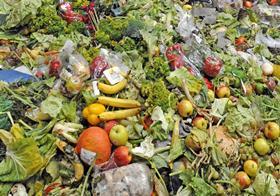
The Food and Agriculture Organisation (FAO) of the United Nations has released a new report providing insight into how much food is lost - as well as where and why - at different stages of the food supply chain.
According to the State of Food and Agriculture 2019 report, these understandings will help to achieve progress towards the important target of reducing food loss and waste.
The report stated around 14 per cent of the world's food is lost after harvesting and before reaching the retail level, including through on-farm activities, storage and transportation.
However, the food losses vary considerably from one region to another within the same commodity groups and supply chain stages.
The report highlights the need and offers a new methodology, to measure carefully losses at each stage in the food supply chain to help identify critical loss points across the supply chain.
Evidence presented in the report shows losses and waste are generally higher for fruits and vegetables at all stages in the food supply chain.
In lower-income countries, more fresh fruit and vegetable loss is attributed to poor infrastructure than in industrialised countries
Despite the fact that in most high-income countries, adequate storage facilities, including refrigerated warehouses, are available throughout the supply chain, losses do occur during storage, the report said.
This is generally because of a technical breakdown, poor management of temperature, humidity or overstocking.
Qu Dongyu, director-general of FAO, said effectively reducing food waste can only be achieved if there is a solid understanding of the problem.
“Three dimensions need to be considered. Firstly, we need to know – as accurately as possible – how much food is lost and wasted, as well as where and why,” Qu said.
“Secondly, we need to be clear about our underlying reasons or objectives for reducing food loss and waste. Thirdly, we need to understand how food loss and waste, as well as the measures to reduce it, affect the objectives being pursued,” he added.
“This report sheds light on these three dimensions in order to help design more informed and better policies for food loss and waste reduction.”



